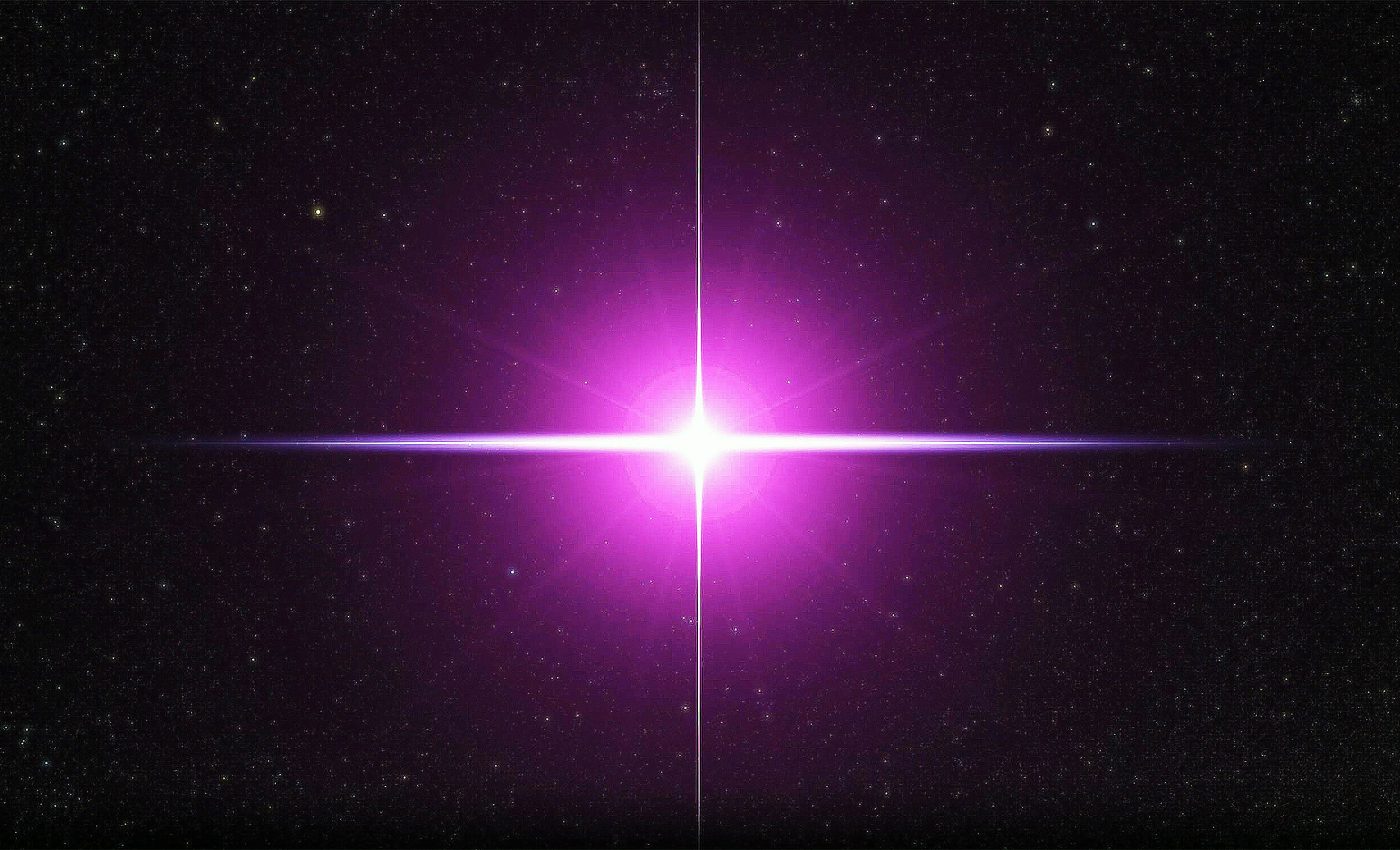
Brightest gamma-ray burst ever recorded had a rare energy peak
Another exciting chapter has recently unfolded in the endlessly fascinating universe. Astronomers around the globe were stunned by an event named the BOAT, short for the brightest-of-all-time gamma-ray burst (GRB).
Experts took a new look at the gamma-ray burst, which happened in October 2022, and made an amazing discovery. Using data from NASA’s Fermi Gamma-ray Space Telescope, scientists have detected a feature that has never been seen before.
The research was led by Maria Edvige Ravasio, who is associated with Radboud University in Nijmegen, Netherlands. She is also affiliated with Brera Observatory, part of the Italian National Institute of Astrophysics (INAF) located in Merate, Italy.
The team saw something unusual, a high-energy peak, which turned out to be the first high-confidence emission line ever seen in 50 years of studying GRBs.
What’s an emission line?
When matter interacts with light, energy can be absorbed and reemitted in specific ways. These interactions can either brighten or dim certain colors (or energies), creating key features when the light is dispersed across a spectrum, similar to the colors of a rainbow.
The features can tell us a lot about the interaction, such as what chemical elements were involved.
At higher energies, these spectral features can reveal specific particle processes, like when matter and antimatter annihilate each other to produce gamma rays.
A feature unique to the BOAT
Study co-author Om Sharan Salafia from the INAF-Brera Observatory in Milan explained that while some previous studies reported possible evidence for absorption and emission features in other GRBs, they ended up being just statistical fluctuations.
What the experts saw in the brightest gamma-ray burst is different. They ran the numbers and determined that the odds this feature is just a noise fluctuation are less than one chance in half a billion.
Story of gamma-ray bursts
Gamma-ray bursts are the most potent explosions in the cosmos. These massive cosmic fireworks emit an exorbitant amount of gamma rays, the highest-energy form of light.
The most typical type occurs when the core of a star exhausts all its fuel, causing it to collapse and form a rapidly spinning black hole.
Matter falling into the black hole powers oppositely directed particle jets that blast through the star’s outer layers at nearly the speed of light. Earth detects a gamma-ray burst only when one of these jets points almost directly toward it.
Intensity of the brightest gamma-ray burst
The BOAT, or GRB 221009A as it is formally known, erupted on October 9, 2022. It saturated most gamma-ray detectors in orbit, including those on Fermi, preventing them from measuring the blast’s most intense part.
Reconstructed observations coupled with statistical arguments suggest that if the BOAT were part of the same population as previously detected GRBs, it would likely be the brightest burst to appear in Earth’s skies in a whopping 10,000 years.
The unusual emission line showed up almost 5 minutes after the BOAT’s detection and well after it had dimmed enough to end saturation effects for Fermi.
The emission line lingered for at least 40 seconds, peaking with energy of about 12 MeV (million electron volts). To put this into perspective, the energy of visible light ranges from 2 to 3 electron volts.
What made the spectral feature?
The team suspects the most likely cause of this spectral feature is the annihilation of electrons and their antimatter counterparts, positrons.
“When an electron and a positron collide, they annihilate, producing a pair of gamma rays with an energy of 0.511 MeV,” said study co-author Gor Oganesyan at Gran Sasso Science Institute in L’Aquila, Italy.
“Because we’re looking into the jet, where matter is moving at near light speed, this emission becomes greatly blueshifted and pushed toward much higher energies.”
So, to produce an emission line peaking at 12 MeV, the annihilating particles were likely moving toward us at roughly 99.9% the speed of light.
Many unknowns in gamma-ray bursts
“After decades of studying these incredible cosmic explosions, we still don’t understand the details of how these jets work,” noted Elizabeth Hays, the Fermi project scientist at NASA’s Goddard Space Flight Center in Greenbelt, Maryland.
“Finding clues like this remarkable emission line will help scientists investigate this extreme environment more deeply.”
In the end, it’s just another day in the universe. Each second brings new discoveries, new mysteries, and new chances to understand the cosmos around us better. This latest finding is yet another milestone in our quest to unravel the cosmic truths.
Video Credit: NASA Goddard Space Flight Center
Image Credit: NASA
—–
Like what you read? Subscribe to our newsletter for engaging articles, exclusive content, and the latest updates.
Check us out on EarthSnap, a free app brought to you by Eric Ralls and Earth.com.
—–













